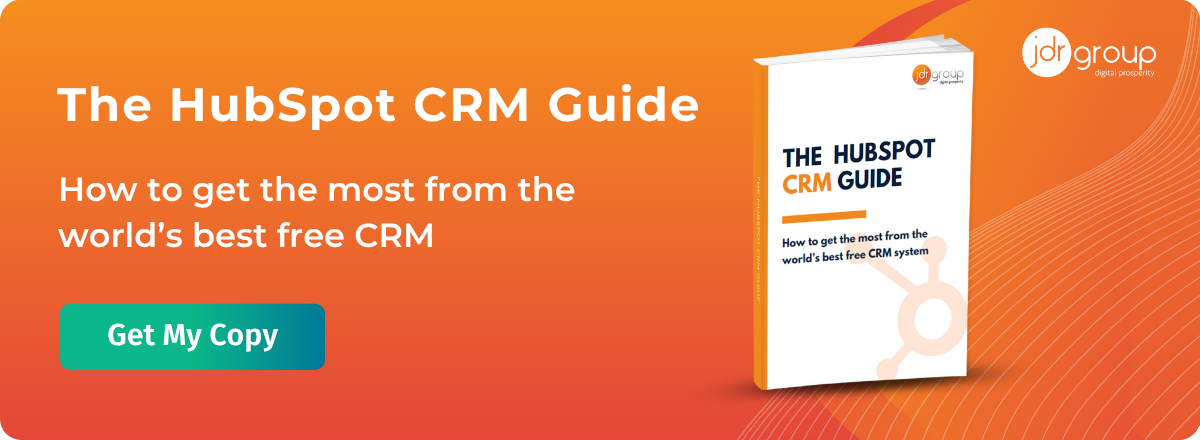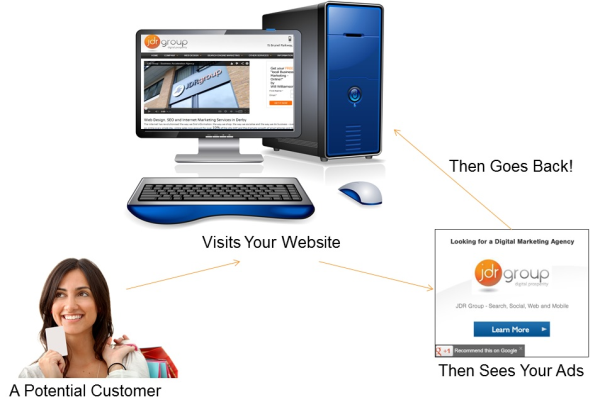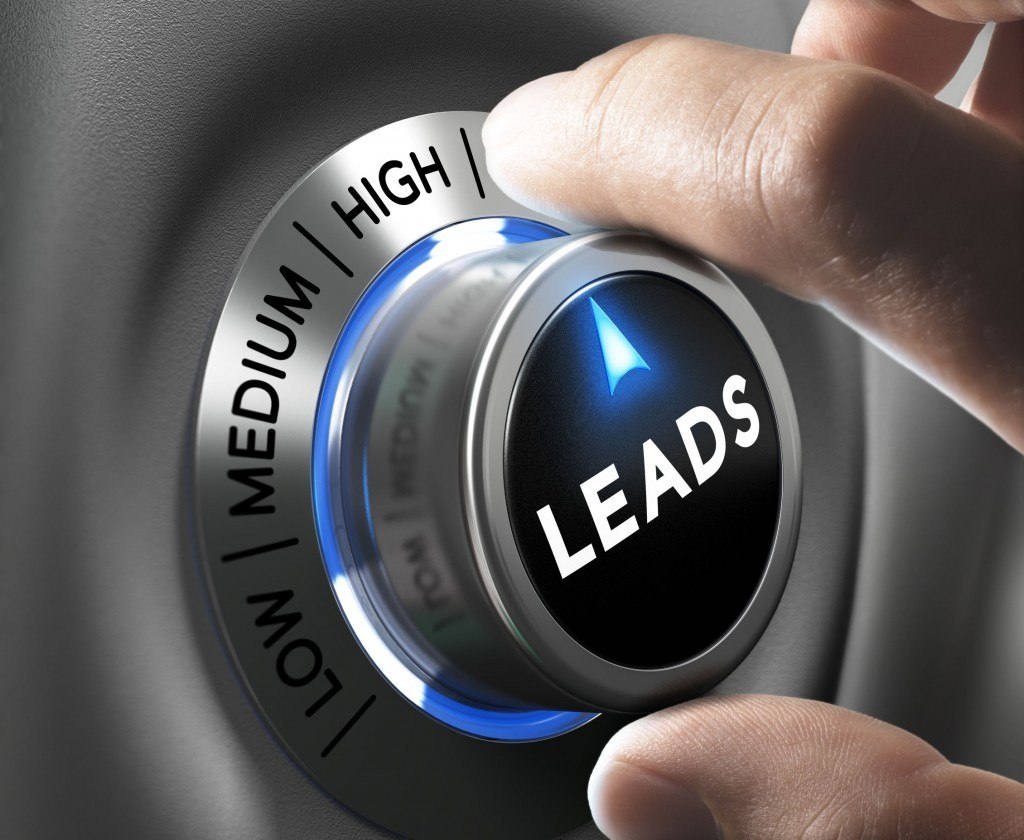Maximising Your ROI with HubSpot's Email Automation Features
by Leanne Mordue on 09-May-2024 09:06:00
 In 2023, an estimated 347.3 billion emails were sent and received each day globally, a figure that keeps growing year-on-year. This is an astronomical volume of emails, setting very high stakes for businesses looking to stand out in an overcrowded inbox. (For context, there are ‘only’ approximately 100 billion stars in the Milky Way galaxy!)
In 2023, an estimated 347.3 billion emails were sent and received each day globally, a figure that keeps growing year-on-year. This is an astronomical volume of emails, setting very high stakes for businesses looking to stand out in an overcrowded inbox. (For context, there are ‘only’ approximately 100 billion stars in the Milky Way galaxy!)
How do you maximise your open rates and click through rates in this context without your content getting completely lost?
The answer: HubSpot. HubSpot comes with a range of pioneering email automation features that can revolutionise the way your business approaches customer communication, marketing, and sales, helping you maximise your ROI. Let’s have a look at these features in some more detail:
1. Personalisation At Scale – Tailor Your Customer Experience
Time is short and emails are many, so you have to give your prospective customers a compelling reason to look at your email, let alone open it. This makes personalisation a key part of any email marketing strategy. HubSpot stands out by helping you to segment your email lists, so that you send the right message to the right customer at the right time. Other email marketing tools allow segmentation as well, but you often have to do this manually, e.g. by uploading a CSV contact list. HubSpot’s features take a lot of the time and guesswork out of list building, so that your email segments accurately align with your buyer profiles and target markets.
How To Do It:
- Use contact properties such as purchase history, location, and engagement data to start segmenting your CRM lists for email campaigns.
- Use HubSpot’s automated smart list tool to update your list in real time based on your contact’s profile changes and behaviours.
- Customise your email content through personalisation tokens, making your emails more relevant by dynamically inserting specific information into your emails relevant to each recipient. When used in a marketing email, the personalisation token automatically populates the content with the corresponding data from your HubSpot CRM records.
2. A/B Testing: Taking The Guesswork Out Of Email Optimisation
Often, minor tweaks in marketing emails can lead to significant results, which is why A/B testing plays such an important role in ROI optimisation. Unfortunately, manually testing email versions for tiny changes is cumbersome and time-consuming, limiting how practical A/B testing is for most campaigns. HubSpot’s email tools are a breath of fresh air, making this process straightforward and easy. At the click of a button, you can test anything from different subject lines to CTA button placements and see what works the best.
How To Do It:
- For the best results, change one element at a time to isolate which factors most affect your metrics.
- Test with a significant sample size to ensure the results are representative and reliable.
- Monitor the performance of each email against a baseline to understand what’s resonating best with your audience.
3. Behavioural Triggers: Catching Your Customers At The Right Moment
If you buy into the Many Worlds Theory of quantum mechanics, then there are an infinite number of universes in which different timelines unfold based on chance differences – Sliding Doors style. Think for a moment about what this means in terms of lost sales. How many huge customer contracts haven’t materialised simply because the customer didn’t see your marketing email? The fact that these relationships may be playing out in an alternative universe is cold comfort. More tangible support comes from HubSpot’s behavioural trigger tools, which allow you to send emails based on a customer’s behavioural triggers or actions, so you catch them at just the right time.
This is an important difference from traditional email marketing. The conventional, or passive model, simply sends emails out at a set time and hopes for the best. The trigger-based model, on the other hand, only sends the email when the customer does something to trigger it, such as when the customer abandons a shopping cart, when a product they have looked at becomes low in stock, when they register for an event, or submit a form. This is a great way of making sure more of your emails get seen and maximising your ROI.
How To Do It:
- Define the behaviour you want to trigger the email – e.g. page visits, click throughs from a previous email, and so on.
- Set up workflows to automate your follow-up emails based on the trigger conditions.
- Monitor the effectiveness of your trigger-based email campaigns and refine them as necessary.
What Next?
To find out more about email marketing and how to maximise your ROI through HubSpot’s automation features, please get in touch with one of our certified HubSpot specialists today by clicking here.
- Inbound Marketing (SEO, PPC, Social Media, Video) (824)
- Strategy (363)
- Sales & CRM (195)
- Marketing Automation & Email Marketing (190)
- Business Growth (164)
- Website Design (160)
- Hubspot (138)
- Lead Generation (115)
- Google Adwords (98)
- Content Marketing (94)
- Conversion (48)
- Case Studies (47)
- News (47)
- Ecommerce (39)
- Webinars (34)
- SEO (24)
- AI (20)
- Events (19)
- Video (17)
- LinkedIn Advertising (15)
- Video Selling (15)
- Software training (13)
- Niche business marketing (11)
- The Digital Prosperity Podcast (10)
- Facebook Advertising (6)
- HubSpot Case Studies (5)
- December 2025 (10)
- November 2025 (6)
- October 2025 (17)
- September 2025 (16)
- August 2025 (14)
- July 2025 (14)
- June 2025 (5)
- May 2025 (19)
- April 2025 (15)
- March 2025 (13)
- February 2025 (13)
- January 2025 (8)
- December 2024 (2)
- November 2024 (4)
- October 2024 (21)
- September 2024 (4)
- August 2024 (8)
- July 2024 (14)
- June 2024 (16)
- May 2024 (25)
- April 2024 (15)
- March 2024 (18)
- February 2024 (5)
- January 2024 (10)
- December 2023 (6)
- November 2023 (10)
- October 2023 (13)
- September 2023 (12)
- August 2023 (14)
- July 2023 (13)
- June 2023 (14)
- May 2023 (15)
- April 2023 (13)
- March 2023 (14)
- February 2023 (13)
- January 2023 (15)
- December 2022 (13)
- November 2022 (6)
- October 2022 (8)
- September 2022 (22)
- August 2022 (15)
- July 2022 (13)
- June 2022 (16)
- May 2022 (14)
- April 2022 (16)
- March 2022 (17)
- February 2022 (11)
- January 2022 (8)
- December 2021 (6)
- November 2021 (7)
- October 2021 (11)
- September 2021 (10)
- August 2021 (7)
- July 2021 (7)
- June 2021 (4)
- May 2021 (4)
- April 2021 (1)
- March 2021 (3)
- February 2021 (5)
- January 2021 (4)
- December 2020 (7)
- November 2020 (6)
- October 2020 (5)
- September 2020 (9)
- August 2020 (18)
- July 2020 (17)
- June 2020 (17)
- May 2020 (10)
- April 2020 (21)
- March 2020 (24)
- February 2020 (21)
- January 2020 (12)
- December 2019 (23)
- November 2019 (12)
- October 2019 (14)
- September 2019 (16)
- August 2019 (15)
- July 2019 (13)
- June 2019 (6)
- May 2019 (8)
- April 2019 (4)
- March 2019 (2)
- February 2019 (2)
- January 2019 (2)
- December 2018 (3)
- November 2018 (24)
- September 2018 (11)
- August 2018 (9)
- June 2018 (3)
- May 2018 (6)
- April 2018 (14)
- March 2018 (12)
- February 2018 (16)
- January 2018 (15)
- December 2017 (15)
- November 2017 (18)
- October 2017 (23)
- September 2017 (19)
- August 2017 (28)
- July 2017 (27)
- June 2017 (25)
- May 2017 (18)
- April 2017 (17)
- March 2017 (16)
- February 2017 (17)
- January 2017 (14)
- December 2016 (21)
- November 2016 (27)
- October 2016 (25)
- September 2016 (16)
- August 2016 (20)
- July 2016 (19)
- June 2016 (14)
- May 2016 (20)
- April 2016 (24)
- March 2016 (22)
- February 2016 (28)
- January 2016 (27)
- December 2015 (28)
- November 2015 (19)
- October 2015 (9)
- September 2015 (12)
- August 2015 (5)
- July 2015 (1)
- June 2015 (10)
- May 2015 (3)
- April 2015 (11)
- March 2015 (14)
- February 2015 (15)
- January 2015 (12)
- December 2014 (2)
- November 2014 (23)
- October 2014 (2)
- September 2014 (2)
- August 2014 (2)
- July 2014 (2)
- June 2014 (7)
- May 2014 (14)
- April 2014 (14)
- March 2014 (7)
- February 2014 (2)
- January 2014 (7)
- December 2013 (9)
- November 2013 (14)
- October 2013 (17)
- September 2013 (3)
- August 2013 (6)
- July 2013 (8)
- June 2013 (4)
- May 2013 (3)
- April 2013 (6)
- March 2013 (6)
- February 2013 (7)
- January 2013 (5)
- December 2012 (3)
- November 2012 (2)
- September 2012 (1)
Subscribe by email
You May Also Like
These Related Blogs

What is ‘Remarketing’ In Google Adwords? And Other Questions…
When people think of Google Adwords, most people think about the ads you see on the right hand side of the page when you do a search in Google. Howeve …

How Your Website Speed Impacts Your Conversion Rate
First off, what do we mean by ‘website speeds’ and ‘conversion rates’? Put simply, website speeds are the length of time it takes for a page to load o …

How To Qualify Leads And Enquiries & Avoid Wasting Time On The Wrong Prospects
Time, as the old cliché goes, is your most valuable asset. And while it is easy to think that every sales lead or enquiry should be treated like gold …



